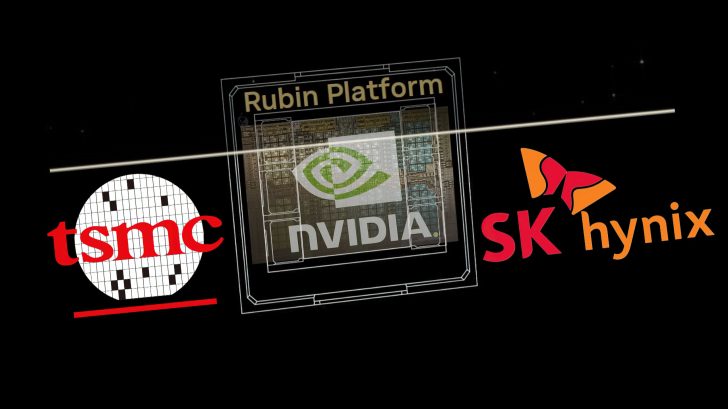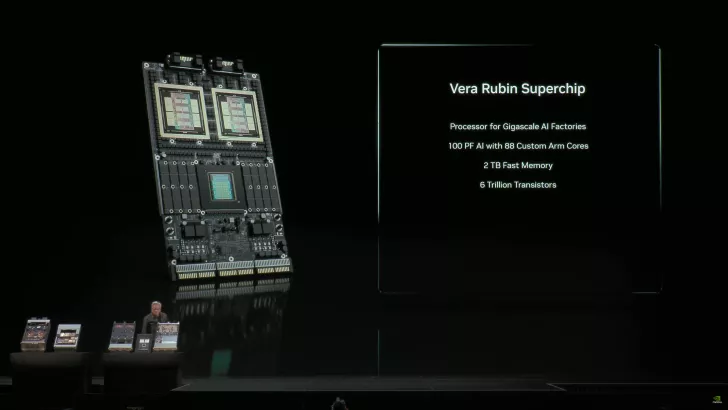NVIDIA is pushing boundaries once again with its latest technological advancements. The company has officially begun production of its next-generation Rubin GPUs, setting the stage for a revolution in AI solutions. Alongside this development, NVIDIA has successfully acquired samples of the highly anticipated HBM4 memory from all major suppliers, ensuring a robust supply chain for its future endeavors.
NVIDIA’s Groundbreaking Rubin GPUs and HBM4 Memory
Recently, NVIDIA’s CEO, Jensen Huang, unveiled the cutting-edge Vera Rubin Superchip during GTC 2025 in Washington. This innovative chip represents the fusion of two colossal GPUs, the next-gen Vera CPU, and an abundance of LPDDR memory. Designed to spearhead the next era of AI computing within data centers, the Vera Rubin Superchip is generating optimistic reports concerning its production timeline.
Sources indicate that during a visit to Taiwan, Jensen Huang announced the exciting progress of the Rubin GPU entering the production stage. This swift transition from lab to production marks a significant milestone for NVIDIA. The Rubin GPU’s entry into production is complemented by NVIDIA’s acquisition of next-gen HBM4 memory samples, securing its position as a leader in AI technology.

Rising Demand and Strategic Collaborations
The demand for NVIDIA’s Blackwell and Blackwell Ultra GPUs is at an all-time high, leading to a significant increase in 3nm production by TSMC. NVIDIA’s collaboration with TSMC has proven critical as they prepare for the widespread impact of Rubin GPUs. TSMC’s President, C.C. Wei, acknowledged NVIDIA’s substantial order for wafers and chips, emphasizing the intense demand driving the industry forward.
The Rubin GPU is set to redefine standards in AI technology, with NVIDIA aiming for mass production by Q3 2026 or sooner. The forthcoming Rubin GPUs have already sparked interest, notably through a $100 billion partnership with OpenAI, which intends to harness these advanced accelerators for their data centers.

